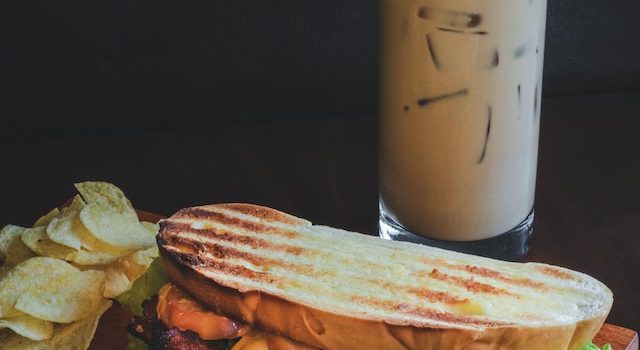
Food pairing is an art that has been practiced for centuries. It involves combining different foods and flavors to create a harmonious and complementary taste experience. The goal of food pairing is to enhance the flavors of each ingredient and create a unique and memorable culinary experience. In recent years, food pairing has become increasingly popular among chefs and food enthusiasts, who are constantly experimenting with new combinations and techniques.
The Basics of Food Pairing
The basic principle of food pairing is to combine ingredients that have similar or complementary flavors. For example, sweet and sour flavors can be paired together, as can salty and savory flavors. The key is to find ingredients that balance each other out and create a harmonious taste experience.
Another important factor in food pairing is texture. Combining ingredients with different textures can create a more interesting and complex taste experience. For example, pairing a crunchy ingredient with a soft ingredient can create a satisfying contrast in texture.
The Role of Wine in Food Pairing
Wine is an important component of food pairing, as it can enhance the flavors of the food and create a more enjoyable dining experience. When pairing wine with food, it is important to consider the flavors and textures of both the wine and the food. For example, a full-bodied red wine pairs well with rich, hearty dishes, while a light, crisp white wine pairs well with lighter, more delicate dishes.
In addition to considering the flavors and textures of the wine and food, it is also important to consider the acidity of the wine. High-acid wines pair well with acidic foods, while low-acid wines pair well with more mellow, less acidic dishes.
Food Pairing Techniques
There are several techniques that chefs and food enthusiasts use to create harmonious and complementary flavors in their dishes. One popular technique is to pair ingredients that have similar flavor compounds. Flavor compounds are the molecules that give foods their distinct flavors. By pairing ingredients that have similar flavor compounds, chefs can create a more intense and complex flavor experience.
Another technique is to pair ingredients that have contrasting flavors. For example, pairing a sweet ingredient with a spicy ingredient can create a satisfying contrast in flavor. This technique is often used in Asian cuisine, where sweet and spicy flavors are commonly paired together.
Finally, chefs can use the technique of molecular gastronomy to create unique and unexpected flavor combinations. Molecular gastronomy involves using scientific techniques to manipulate the texture and flavor of ingredients. For example, chefs can use liquid nitrogen to create a frozen foam that can be paired with a warm, savory dish.
The Importance of Experimentation
One of the most important aspects of food pairing is experimentation. Chefs and food enthusiasts are constantly experimenting with new ingredients and techniques to create unique and memorable dishes. By experimenting with different flavors and textures, chefs can create dishes that are truly one-of-a-kind.
In addition to experimentation, it is also important to be open to new ideas and to take risks. Some of the most successful food pairings have come from chefs who were willing to take a chance and try something new.
Conclusion
Food pairing is an art that requires creativity, experimentation, and a deep understanding of flavors and textures. By combining different ingredients and techniques, chefs and food enthusiasts can create dishes that are truly unique and memorable. Whether you are a professional chef or a home cook, the art of food pairing is a skill that can be learned and mastered with practice and dedication. So go ahead and experiment with new flavors and techniques, and see where your culinary creativity takes you!










